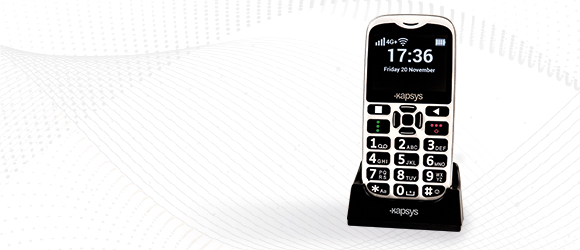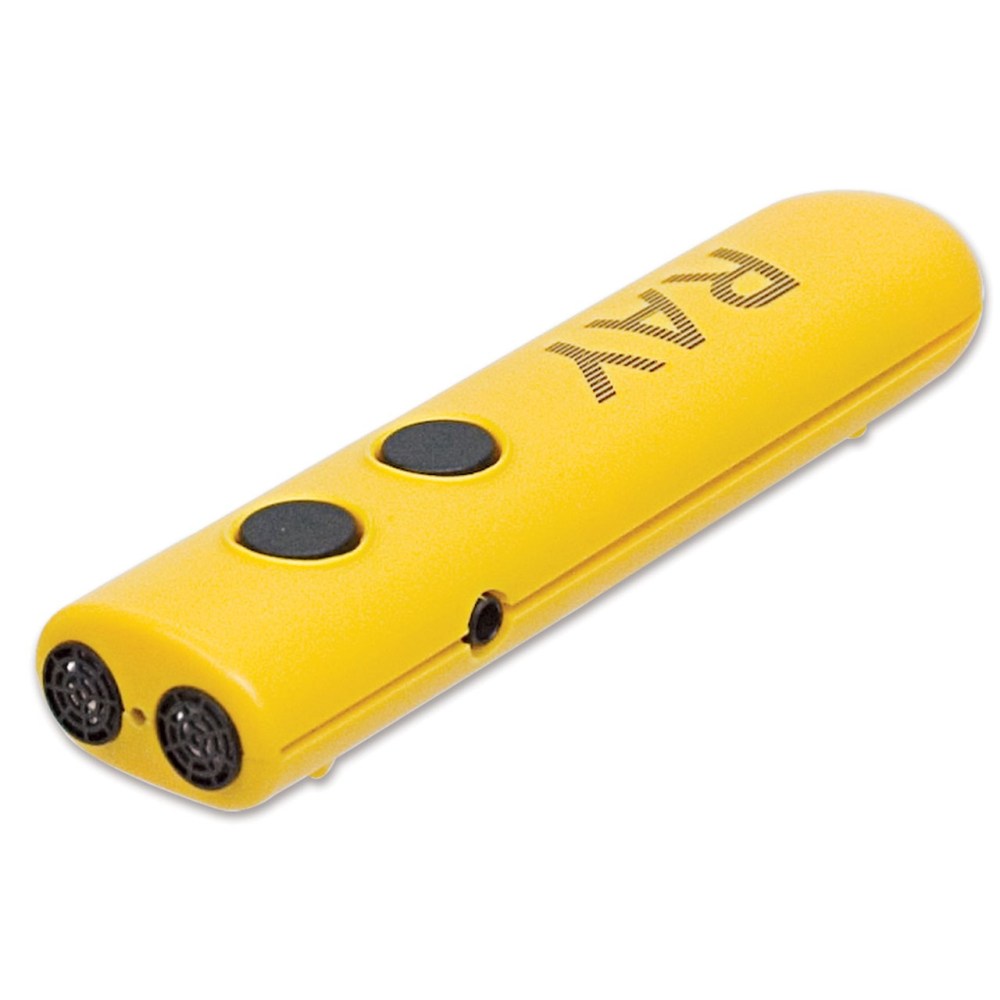Screen Readers for the Blind: Accessing Data Without Barriers
Screen Readers for the Blind: Accessing Data Without Barriers
Blog Article
Discover Cutting-edge Devices Created for the Aesthetically Impaired
The advancement of ingenious tools for the aesthetically damaged stands for a significant improvement in availability and independence. Technologies such as smart glasses with AI abilities and mobile applications made to offer acoustic summaries are improving day-to-day experiences for users.
Smart Glasses for Navigating
.png)
Smart glasses made for navigating are reinventing the means aesthetically impaired individuals engage with their atmosphere. These advanced tools utilize a mix of cam technology, fabricated knowledge, and auditory comments to provide real-time details regarding environments. By utilizing obstacle discovery systems, clever glasses can notify customers to prospective dangers, enabling much safer mobility in both familiar and strange settings.
The combination of GPS innovation better enhances navigation capabilities, enabling customers to receive acoustic directions as they move. This hands-free strategy not only cultivates self-reliance yet also equips aesthetically impaired individuals to navigate urban landscapes with increased confidence. In addition, many clever glasses are outfitted with functions that identify sites and road indicators, giving contextual details that improves the individual experience.
Furthermore, the advancement of these tools is continuously progressing, with firms functioning to improve the accuracy of object recognition and expand the variety of navigational attributes. As wise glasses end up being a lot more budget-friendly and obtainable, they hold the possible to dramatically change day-to-day live for visually impaired customers. Eventually, these ingenious devices represent a vital step toward inclusivity, offering enhanced movement and a higher sense of autonomy for people browsing the globe around them.

Mobile Apps for Daily Living
Exactly how can mobile applications improve the lives of visually impaired people? Mobile apps are transforming the means aesthetically impaired individuals navigate their environments, manage everyday tasks, and access information. These applications offer necessary assistance via various performances, cultivating self-reliance and boosting high quality of life.
A number of cutting-edge mobile applications are created particularly for everyday living. Applications like Be My Eyes attach aesthetically damaged users with sighted volunteers using video phone calls, enabling them to receive real-time assistance with tasks such as checking out labels or browsing unfamiliar rooms. Seeing AI, established by Microsoft, uses artificial intelligence to explain surroundings, reviewed message, and determine objects, properly transforming a mobile phone into an effective device for everyday aid.
In addition, navigation applications customized for the visually damaged, such as Aira and BlindSquare, provide audio-based instructions and ecological information, making it possible for customers to traverse their surroundings safely and with confidence. Beyond navigating and immediate support, mobile apps additionally support company and task administration, with features that aid customers set pointers, develop order of business, and track appointments. In summary, mobile applications act as indispensable resources, equipping visually impaired people to lead more independent and satisfying lives.
Wearable Technologies for Aid
Empowerment through modern technology is increasingly obvious in the realm of wearable gadgets made to assist aesthetically damaged individuals. These cutting-edge tools incorporate seamlessly into everyday life, enhancing navigation and giving important responses to users. For instance, wise glasses geared up with electronic cameras can read and acknowledge faces message out loud, allowing users to engage even more with confidence in expert and social setups.
Another remarkable development is using haptic responses systems in wearable devices. These systems utilize resonances or various other responsive signals to share info regarding the user's environment, such as obstacles or changes in terrain, boosting wheelchair and security. Wearable modern technologies also consist of wristbands that attach to smartphones, notifying users to notifications through subtle resonances, hence boosting connectivity without reliance on visual signs.
As these technologies continue to advance, they are not just improving freedom for visually damaged individuals but additionally cultivating a greater feeling of addition in culture. By connecting the space between challenges dealt with in everyday living and the potential for freedom, wearable technologies offer as essential tools in the mission for equal rights and empowerment for those with visual impairments.
Audio Summary Tools
Audio summary tools play an important role in Full Article improving availability for visually damaged individuals, supplying them with the ability to engage with visual media. Smart glasses for the visually impaired. These devices offer narrated descriptions of key visual components in films, television shows, and live performances, guaranteeing that individuals can completely comprehend the context and feelings conveyed with visuals
Sound description can be integrated into various systems, consisting of streaming services, cinema testings, and live theater. Lots of preferred streaming solutions currently include audio summary as an ease of access function, enabling customers to choose it quickly. In addition to mainstream media, specialized applications additionally exist, supplying audio summaries for art exhibitions, museums, and other cultural occasions.
The efficiency of audio description rests on the ability of the narrators, who need to share aesthetic details succinctly without interfering with the original audio. Developments in this area are likewise leading the method for even more tailored experiences, where customers can change the level of information and pacing according to their preferences.
Braille Innovations and Tools
Braille innovations and devices have actually significantly transformed the method visually impaired individuals engage with message and details. Modern innovations have actually led to the growth of functional devices that boost literacy and independence amongst users.
Furthermore, portable Braille notetakers combine conventional Braille input with contemporary performances, helping with note-taking, organizing, and paper editing and enhancing on the move. Braille displays and notetakers. These compact devices often include text-to-speech abilities, connecting the space between Braille and acoustic information
In enhancement, cutting-edge Braille printers have actually arised, enabling individuals to produce Braille tags, papers, and academic materials efficiently. This accessibility cultivates higher involvement in expert and educational atmospheres, inevitably advertising inclusivity.
Additionally, research right into smart Braille modern technologies proceeds to expand. Instruments try this website that integrate expert system are being discovered to supply real-time navigation aid and contextual details, improving the user experience in varied settings. Overall, these innovations show a commitment to empowering aesthetically damaged individuals via innovation, guaranteeing they can quickly accessibility and engage with the globe around them.

Verdict
The advancement of cutting-edge tools for the aesthetically damaged dramatically boosts independence and top quality of life. These innovations not just foster greater addition but likewise advertise autonomy in everyday tasks, ultimately adding to an extra equitable and available culture for aesthetically impaired individuals.
As clever glasses become much more obtainable and affordable, they hold the prospective to substantially change daily life for visually impaired individuals. Mobile applications are changing the way visually impaired individuals navigate their atmospheres, take care of daily tasks, and access info. Applications like Be My Eyes link aesthetically damaged customers with sighted volunteers via video calls, enabling them to get real-time help with jobs such as reviewing tags or browsing strange rooms.In addition, navigating applications customized for the aesthetically damaged, such as Aira and BlindSquare, use audio-based instructions and ecological details, making it possible for about his customers to traverse their environments securely and with confidence.The innovation of cutting-edge devices for the aesthetically damaged substantially boosts freedom and high quality of life.
Report this page